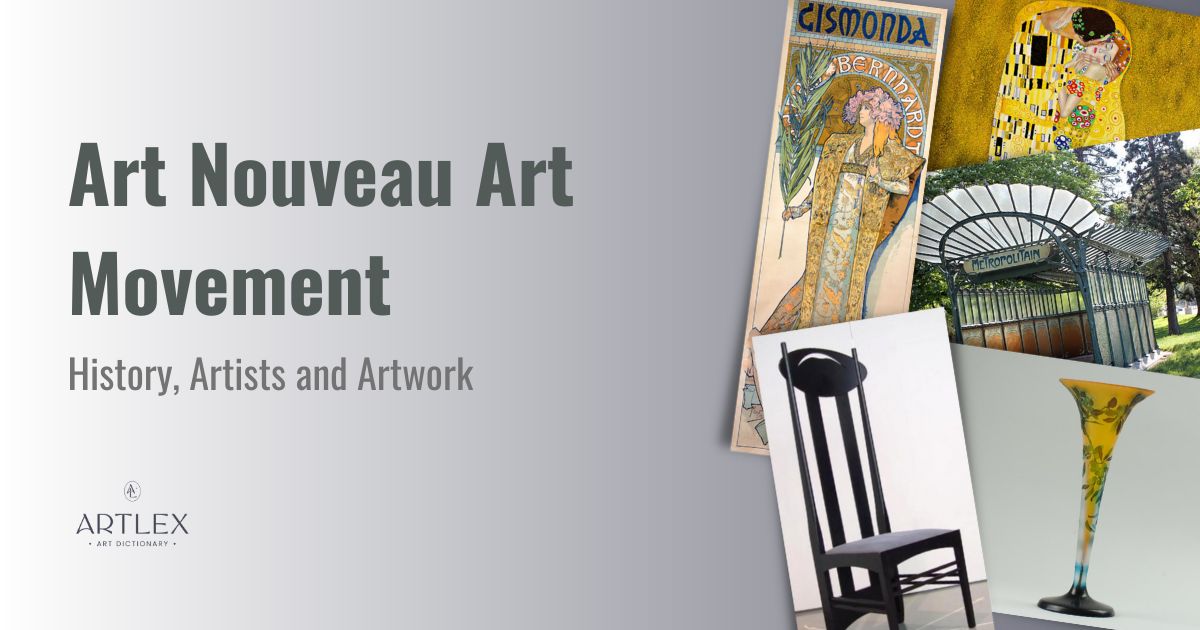What is Art Nouveau?
Art Nouveau is the name that was later given to what emerged at the very end of the 19th century as an international style of art, architecture and design. Similarities in terms of aesthetics, origin and short duration—ending before the First World War began in 1914—were held by groups of artists, visionaries and entrepreneurs across Europe and in an American context.
Notable Art Nouveau Artwork
Tall Cameo Glass Vase, Emile Gallé, 1900
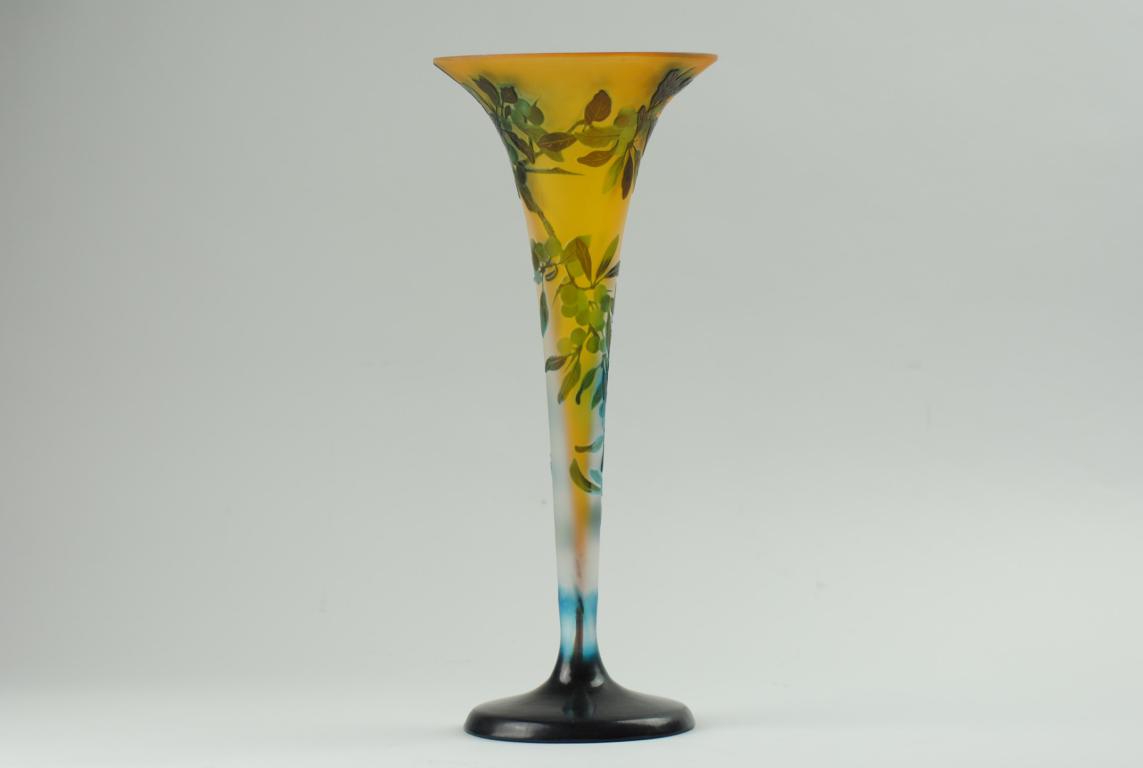
The Kiss, Gustav Klimt, 1907–08

Gismonda, Alphonse Mucha, 1894
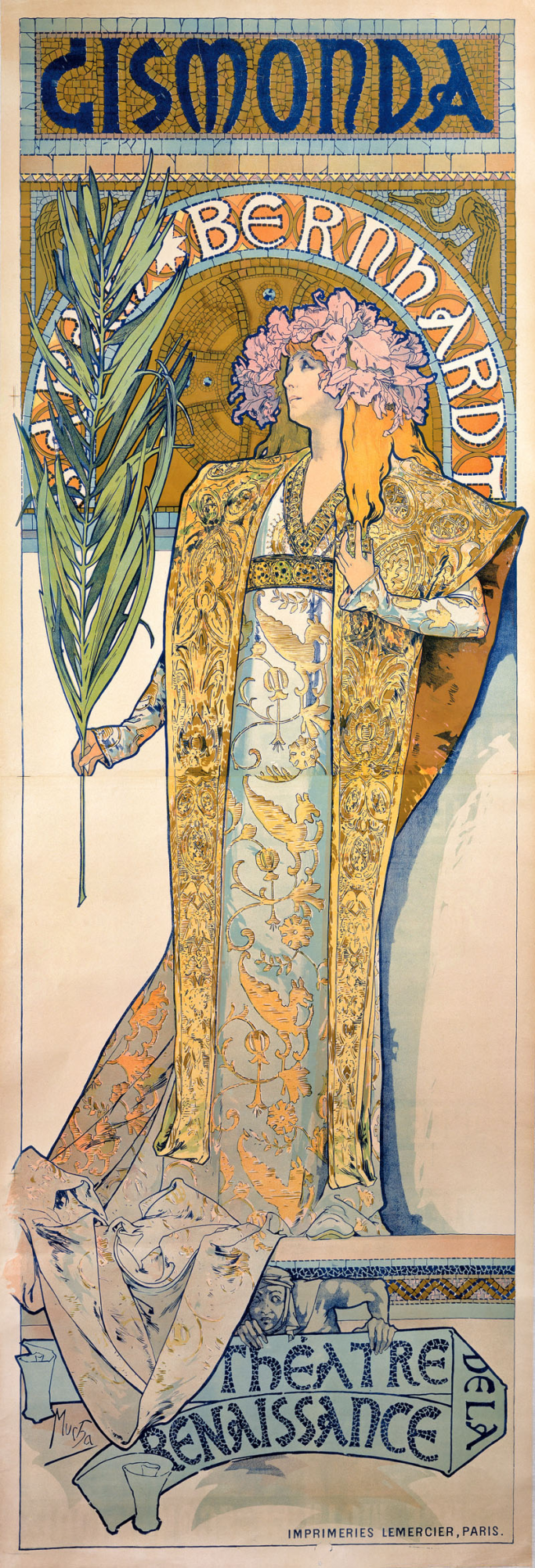
Porte Dauphine Metro Station Entrance, Hector Guimard, 1900–01
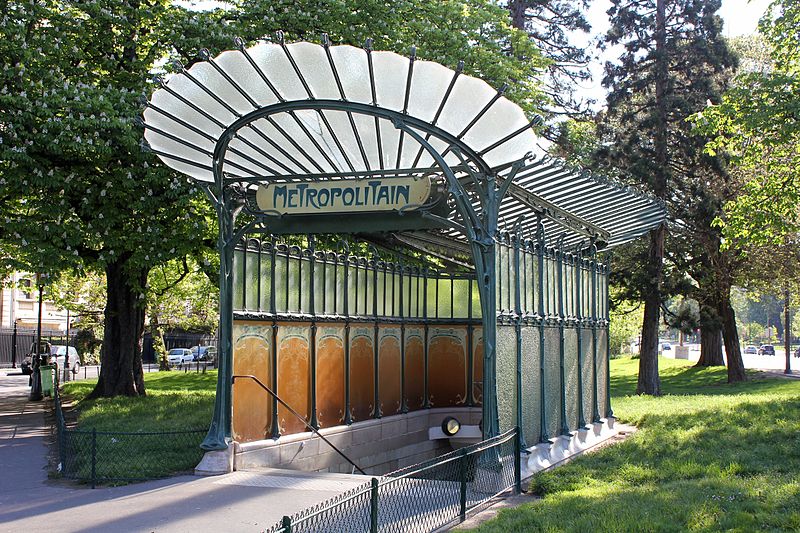
Argyle Chair, Charles Rennie Mackintosh, 1899
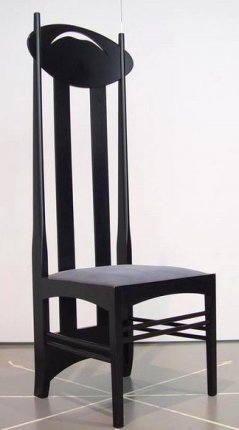
History of Art Nouveau
Paris 1880 – 1900
Artists and architects working in the Art Nouveau style favored the flowing lines inspired by nature and its wild and untethered essence to create a metaphor for the freedom they yearned for, and that they believed society should seek, away from the modern mechanization and the traditional expectations of art and aesthetics as well as politics.
Sex and sensuality were inherent in the style and symbolised the growing concern over the role of women in society that was still suppressed. Nowhere were these aspects more apparent than in Paris, where the term Art Nouveau appeared for the first time in the 1880s in the Belgian journal L’Art Moderne. In December 1895, Siegfried Bing, a German-born Paris art dealer, opened a gallery called L’Art Nouveau and is often credited with popularizing the term throughout Europe.
The Bohemian intellectual crowd of the Belle Epoque found its muse in sexually promiscuous actress Sarah Bernhardt, a poster designed by Alphonse Mucha for her play Gismonda revolutionized poster and graphic design in 1894 and is seen as a pioneer work of Art Nouveau.
The spectacular style grew to great acclaim around the time of the Exposition Universelle in Paris in 1900, that led to various large-scale building projects and creative endeavors promoting the Art Nouveau style. Coinciding with the opening of the Paris Metro, architect Hector Guimard built 141 entrances to the undergrounds stations on Art Nouveau principles.
Great Britain
In Great Britain, Art Nouveau was inspired by both the arts and crafts and the aesthetic movements. An advanced state of industrialization had inserted new technology into all areas of everyday life, from agriculture to transport and manufacturing to be later recognized as the Second Industrial Revolution. The international style, or British Art Nouveau, took direct inspiration from the craftmanship and knowledge and working of natural materials taught by the arts and crafts designers who had been inspired by William Morris, and also the curvilinear style adopted by the artist Aubrey Beardsley working in aestheticism, himself inspired by Japanese art and design introduced to London by Empirical trade.
In Scotland, the architect Charles Rennie Mackintosh and his wife, artist Margaret McDonald teamed up with her sister Frances and her husband, Herbert McNair, at the Glasgow School of Art. They worked together on posters, metal work and other decorative arts including furniture. They introduced the Glasgow rose into their curvilinear but also long vertical designs with Mackintosh going on to design and build the new Glasgow School of Art from 1896 to 1909. Their work received more recognition on the continent than in Britain, directly influencing Gustav Klimt and the Viennese Secession.
Austria
In Austria, the vibrant and multi-cultural city of Vienna was growing and evolving as an intellectual and cultural center. The reaction to the speed and impact of the fin de siècle changes there drove artists away from the traditional, conservative styles of art and architecture that they purposefully sought to criticize and reject.
Becoming the first time that Austrian art had grown as part of an international style, the Art Nouveau there was inspired by French, British and Belgian aesthetics and shared many of the founding inspirations including the ideals of the arts and crafts movement and strong notions of social justice.
While similarly focusing on materials, craftsmanship and sensuality that included the liberation of women and sex, the Viennese creative minds created the Secession, literally a modernist-thinking group that included the architect Otto Wagner, the painter Gustav Klimt and the designer Josef Hoffman.
They called their style Jungdenstil, i.e.: ‘Youth Style’ and promoted themselves through their own journal, The Fountain Of Youth, symbolically and practically creating a movement and works that brought in new thinking and new ideas. The Viennese Secession moved away from the curvy Art Nouveau seen in other locations, to adopt a geometric, grid-like aesthetic that combined the decorative and fine arts.
After 1910
By 1910, Art Nouveau was already being seen as a decadent and unwanted thing of the past, largely due to the extremely expensive interior and decorative creations that were used to popularize the style. Furniture, glassware and jewelry that could only be reproduced as accessible prices if mass production were used meant going against the practitioners’ ideals and principles. Egon Schiele, a Viennese student of Klimt’s, turned toward expressionism. The elaborate decoration and extravagance of the architecture was also soon despised as the ornamentation in general was categorized as symbolizing degenerate thinking or behavior. Adolf Loos took the Viennese architecture back on to much straighter, more conservative lines, having learned and appreciated a much more practical approach to design in the US.
Notable Art Nouveau Artists
- Charles Rennie Mackintosh (1868–1928)
- Hector Guimard (1867–1942)
- Alphonse Mucha (1860–1939)
- Gustav Klimt (1862–1918)
- Emile Gallé (1846–1904)
- Margaret McDonald (1864–1933)
- Aubrey Beardsley (1872–1898)
- Otto Wagner (1841–1918)
- Louis Sullivan (1858–1924)
Related art terms
- Arts and Crafts Movement
- Aesthetic Movement
- International Style
- Vienna Secession
- The Glasgow Four
- Jugendstil ´Youth Style´

